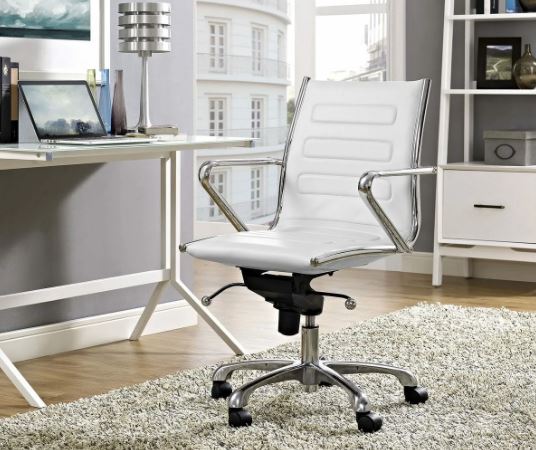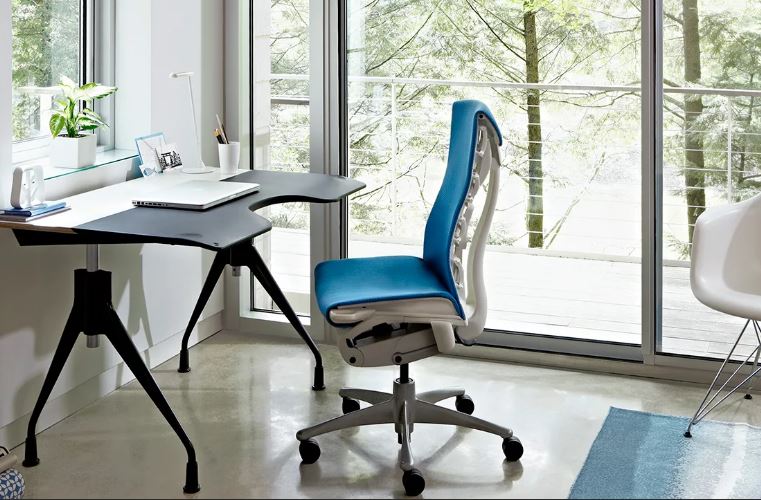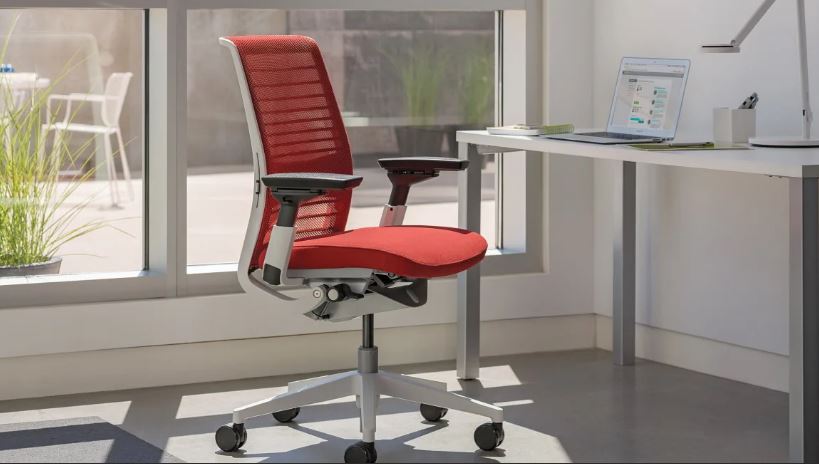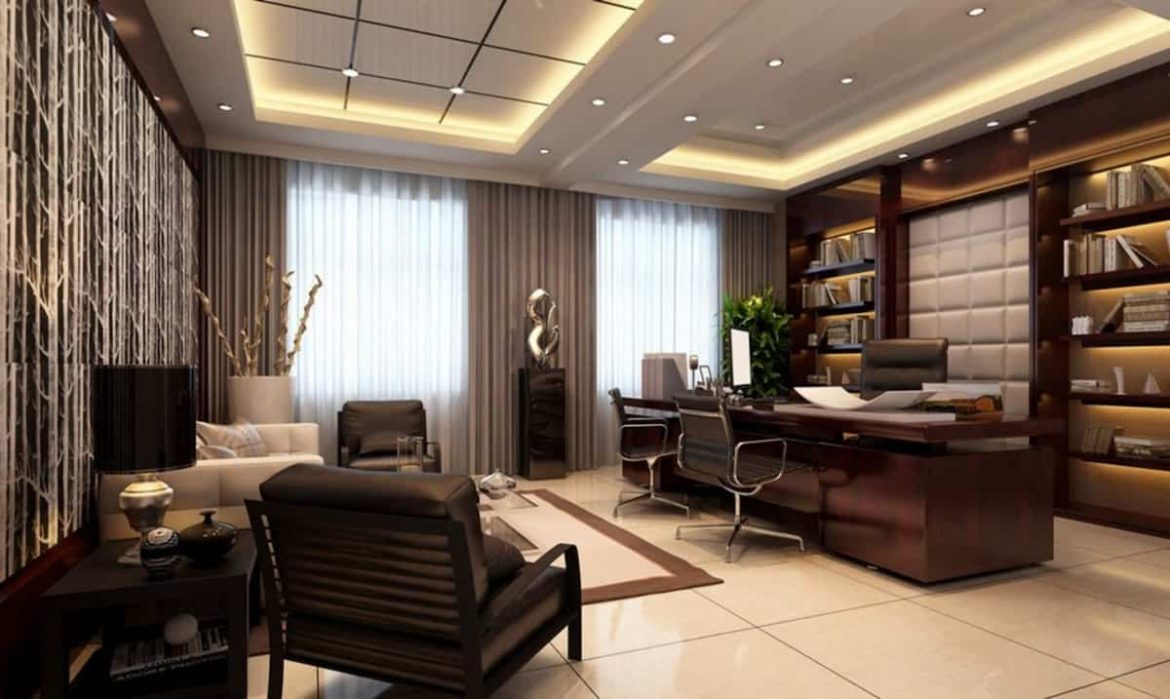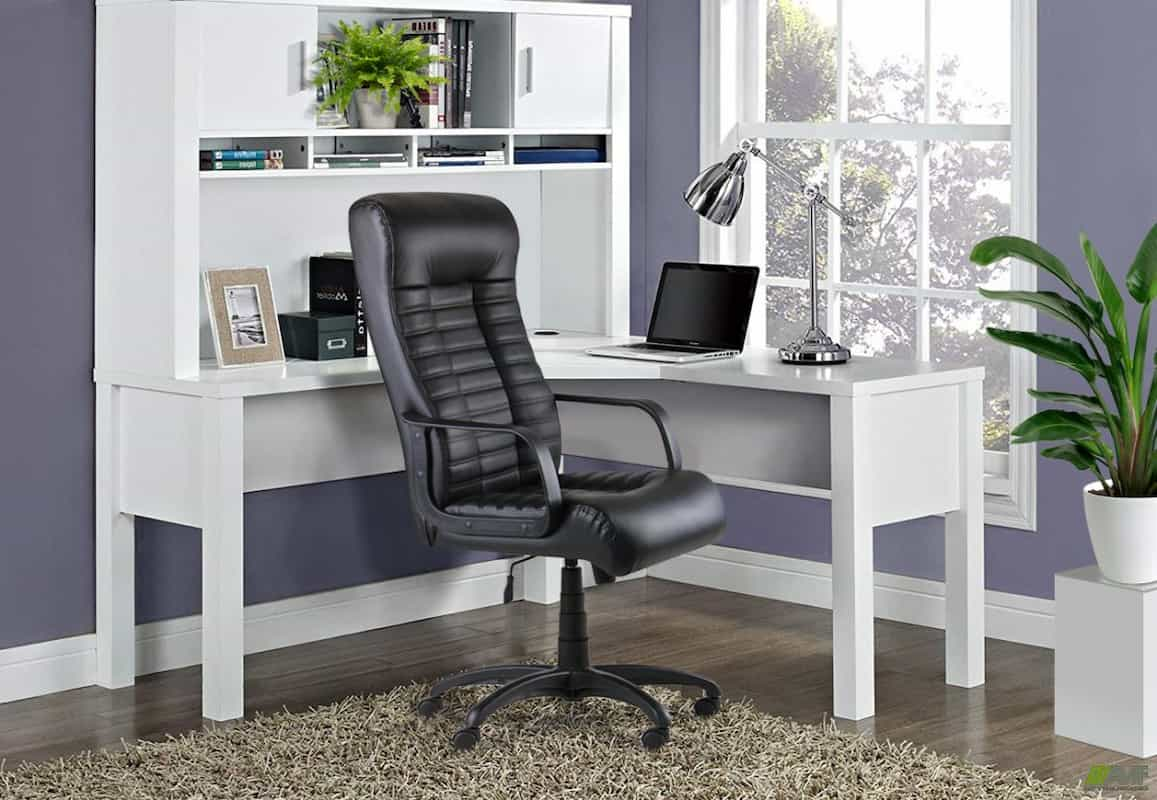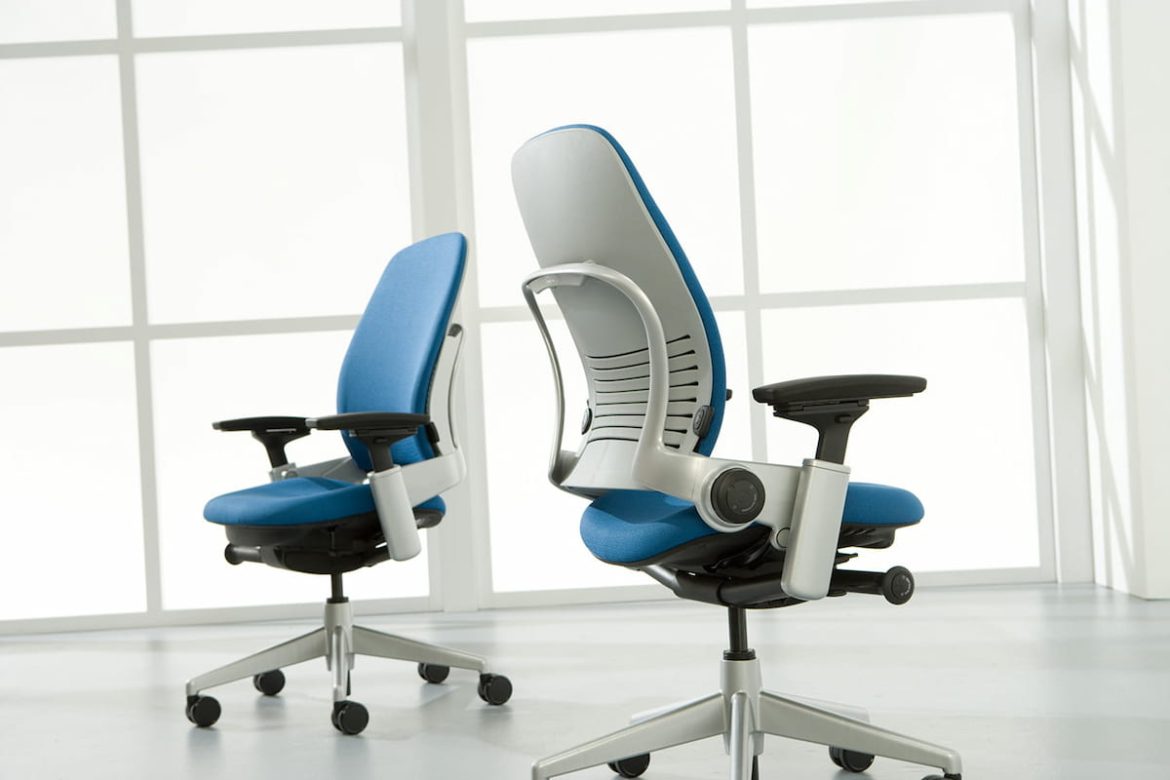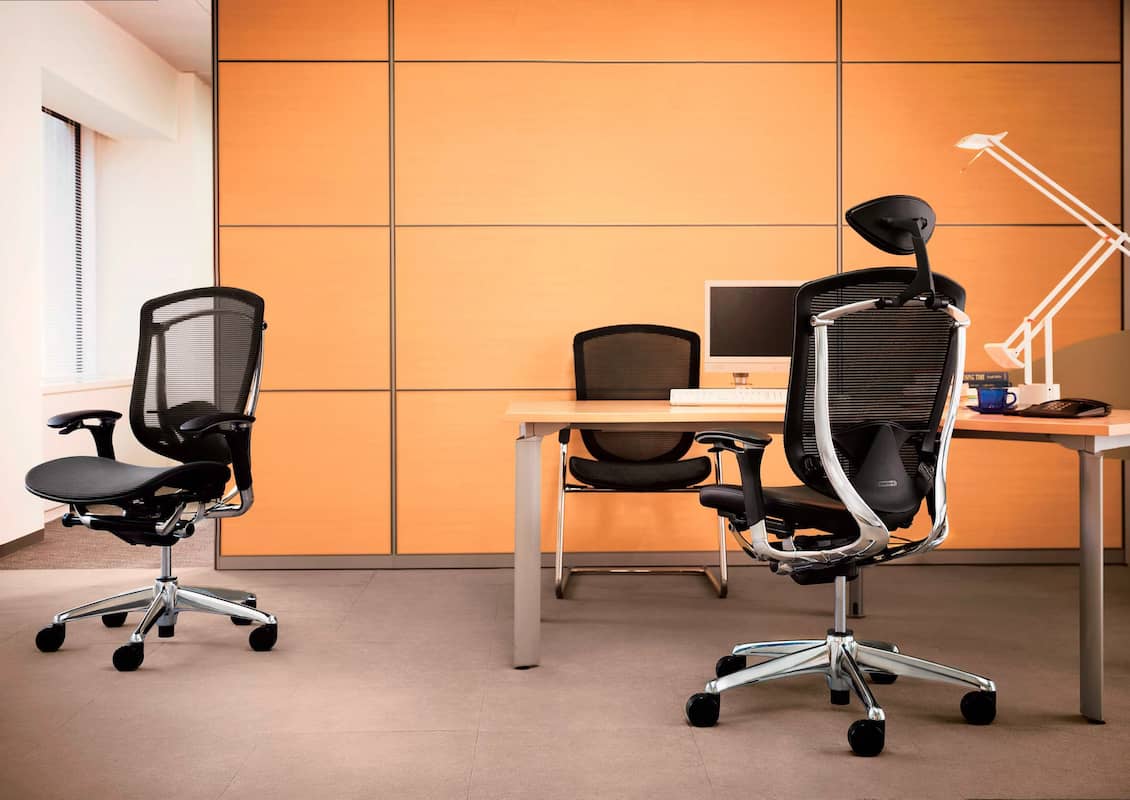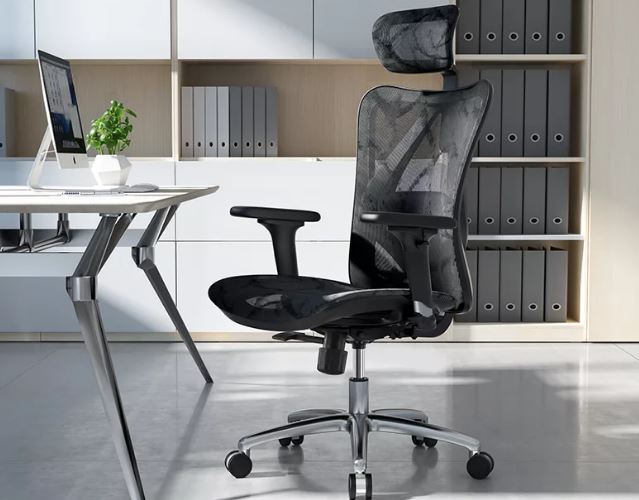12 tips for choosing the best wood for furniture.
There are various reputable brands in the wooden furniture industry whose products are extremely popular, but there are also a few weak brands, like Kashmiri, which are trying to reach the giants in this field. To buy furniture, you should pay attention to various points, including its wood.
Wood furniture adds many character to dining rooms, bedrooms, and living rooms. Still, it can also pose a difficult design dilemma. Dark-spotted finishes and crude shapes can be difficult to blend into more colorful or contemporary interiors. Balance is the key.
Combine wood dining tables, dressers, sideboards, and more into your existing interior with the right mix of colors, textures, and styles. Use these tips to give your old furniture a new look with wooden furniture.
Furniture is the most important aspect of any residential or commercial space. Due to its daily contact with the human body, the best wood for furniture must be resistant to mold and protected from fungal attacks. However, being organic, it is susceptible to decay and damage. Over the years, wood has proven to be the best choice for drilling, sawing, and polishing furniture, among other materials on the market.
Raw wood undergoes significant processing through intensive processing before it is ready for use. This procedure releases moisture and other conflicting factors and prepares a dry and resistant wood. Aged wood, available for further development, is the ultimate wood for creating our artistic furniture designs.
Regarding furniture manufacturing, nowadays, all types of wood are used to make furniture. Among the wide varieties, the quality of the wood and the market value are key factors in choosing the perfect replacement. Apart from these two main ones, there is a qualitative list of pros and cons to consider before you start decorating your home or office. 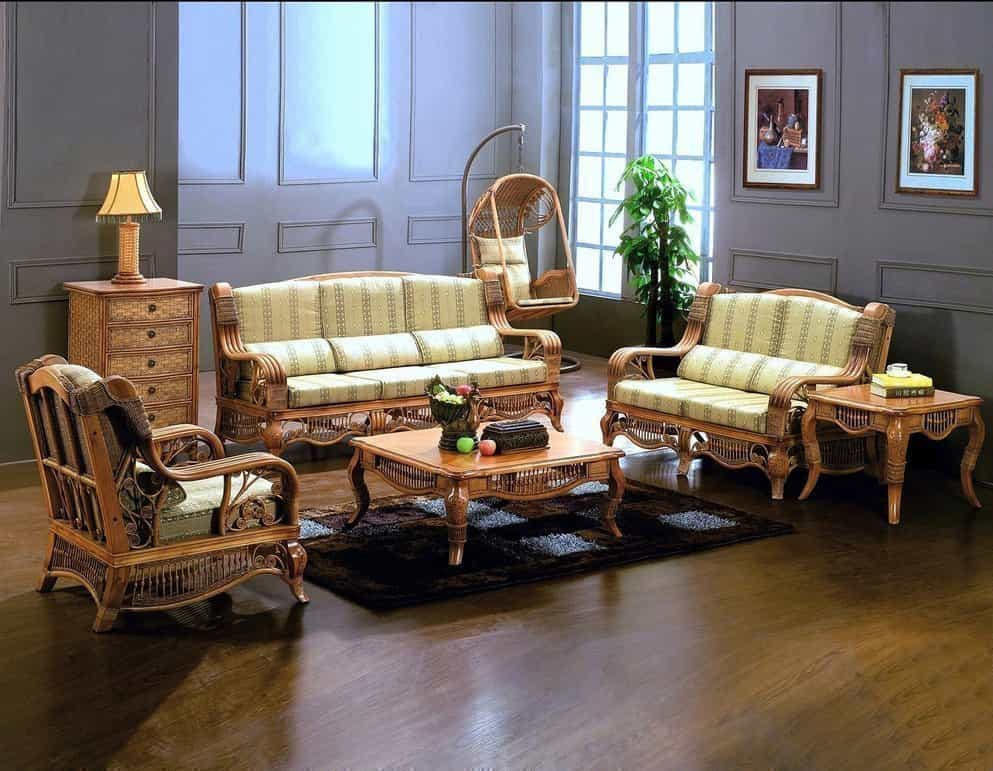
Below are some tips for considering the best wood for furniture.
Hardwood or softwood:
Depending on the security in which they are invested, hardwoods and softwoods are not distinguished by hardness or their specific grade. Hardwoods are denser than softwoods. Not all hardwoods are used for furniture, but all softwoods are used to prepare furniture ranging from the most utilitarian to the ornamental.
Hardwoods are hardwoods: oak, maple, teak, mahogany, beech, alder, rosewood, mulberry, hickory, and Merbau. At the same time, cedar, pine, redwood, and cedar are softwoods. That said, choosing hardwood or softwood depends on the type of furniture you plan to build.
Solid wood
When grading the wood, make sure it is a genuine solid wood plank. Both hardwood and softwood are solid wood. However, it may have been supplied full of rotten wood. Solid wood can be processed effectively. This means carpenters can easily use nails, screws, hammers, glues, and crafts without affecting the grain of the wood. Irregular grains, such as spirals or tangles, should not be considered for furniture construction.
To identify solid wood, make sure:
Straight fibers, aligned, without twisting, firm
The direction of the ring must match the edges
If you can’t decide, sand the wood. Sanding reveals filler or compacted wood chips
fire resistant
The wood you choose must have good fire resistance for domestic and residential reasons. Dense wood is more fire resistant due to its natural insulating properties. Therefore, hardwoods are suitable for preparing cabinets and floors in kitchens and bathrooms. At the same time, conifers have low fire resistance.
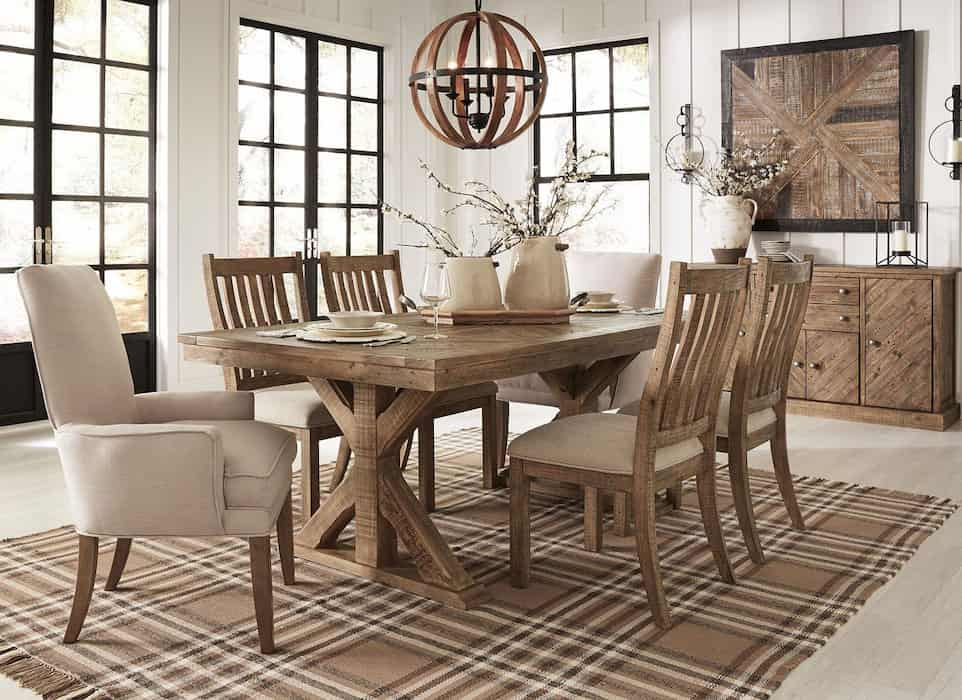
Energy
The strength of a tree is determined by how well it can withstand pressure from all directions. For the same reason, wood must also have the ability to retain its shape even after rigorous treatment or manufacturing procedures.
The grain of the wood follows a certain direction. So during woodworking, misaligned hammers and other loads shouldn’t lead to nasty breaks or cracks. Walnut, teak, and Merbau are hardy woods that are often used in Indian living room furniture.
water permeability
Being an organic matter, water seeps through the pores of the wood over time. Moisture shortens the life of wood during the decomposition process. The chosen wood must be waterproof to a greater extent.
termite resistant
The best wood for furniture must necessarily be resistant to termites. High-quality hardwoods and softwoods are naturally resistant to termites. However, due to budget constraints, make sure the wood is sanded, lacquered, or coated to keep termite attacks at bay.
Attenuation
Wood rot commonly hardens from moisture, penetration, and physical damage. Dense wood with the dense grain is resistant to multiple rots. Hardwoods are less prone to rot than softwoods. Teak wood is commonly used for outdoor furniture due to its durability.
porous or non-porous
Wood is considered porous or non-porous due to the presence of tracheids and blood vessels. Conifers have relatively few or no blood vessels. This property allows the wood to quickly absorb the adhesives used to bond parts and laminates to surfaces. Therefore, it is useful for developing finer products.
appearance and color
Choosing brightly colored wood will enhance the charm of the space. Additionally, the wood must be well sanded, free of mold and termites, adequately sized, and free of discoloration and warping.

The latter is weaker, so darker wood tones are recommended than lighter ones. Walnut, mahogany, and teak are darker and can cover a wide range of exquisite furnishings. Satinwood offers a vintage look, while rosewood or shisha is simply eye-catching.
tenacity
The hardness of wood that is optimal for furniture must be able to withstand impacts, frequent hammering, and vibration and be pretty indestructible. Also, when preparing, fixing, or adjusting the table, the gradual bending should not break.
weight
Hardwoods are heavier than softwoods, making them easier to pick up for large, structural furniture. For the preparation of tables, cabinets, cabinets, beds, and chairs, oak, teak, etc., are preferred to deodorants.
durability
Wood, defined by time, is durable if it has not been altered by decay from many sources. Seasoned and treated wood resistant to termites and fungi, chemical preservatives provide long-term protection for the interior of the wood. Mahogany and teak are naturally resistant to termites, so there are few expensive kinds of wood on the market. Durable and reliable lumber is immune to marine life, beetles, fungi, termites, and unexpected impacts.
